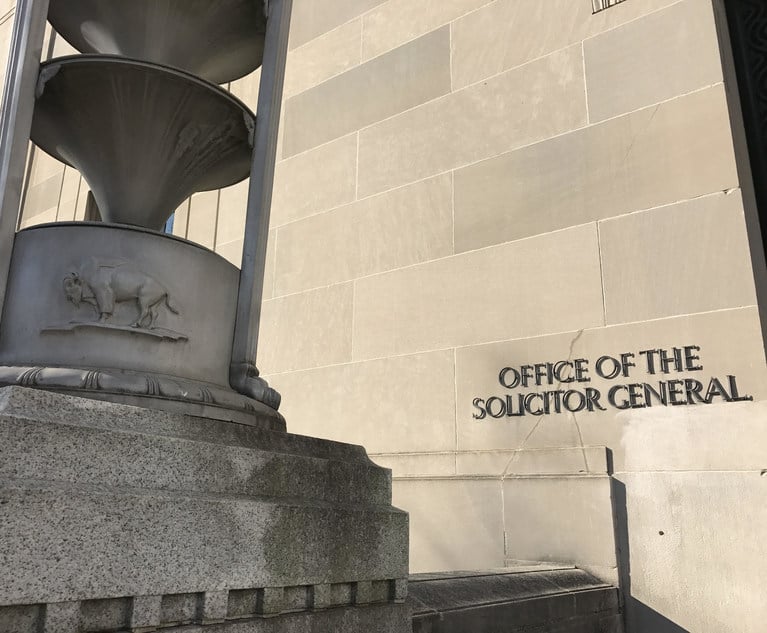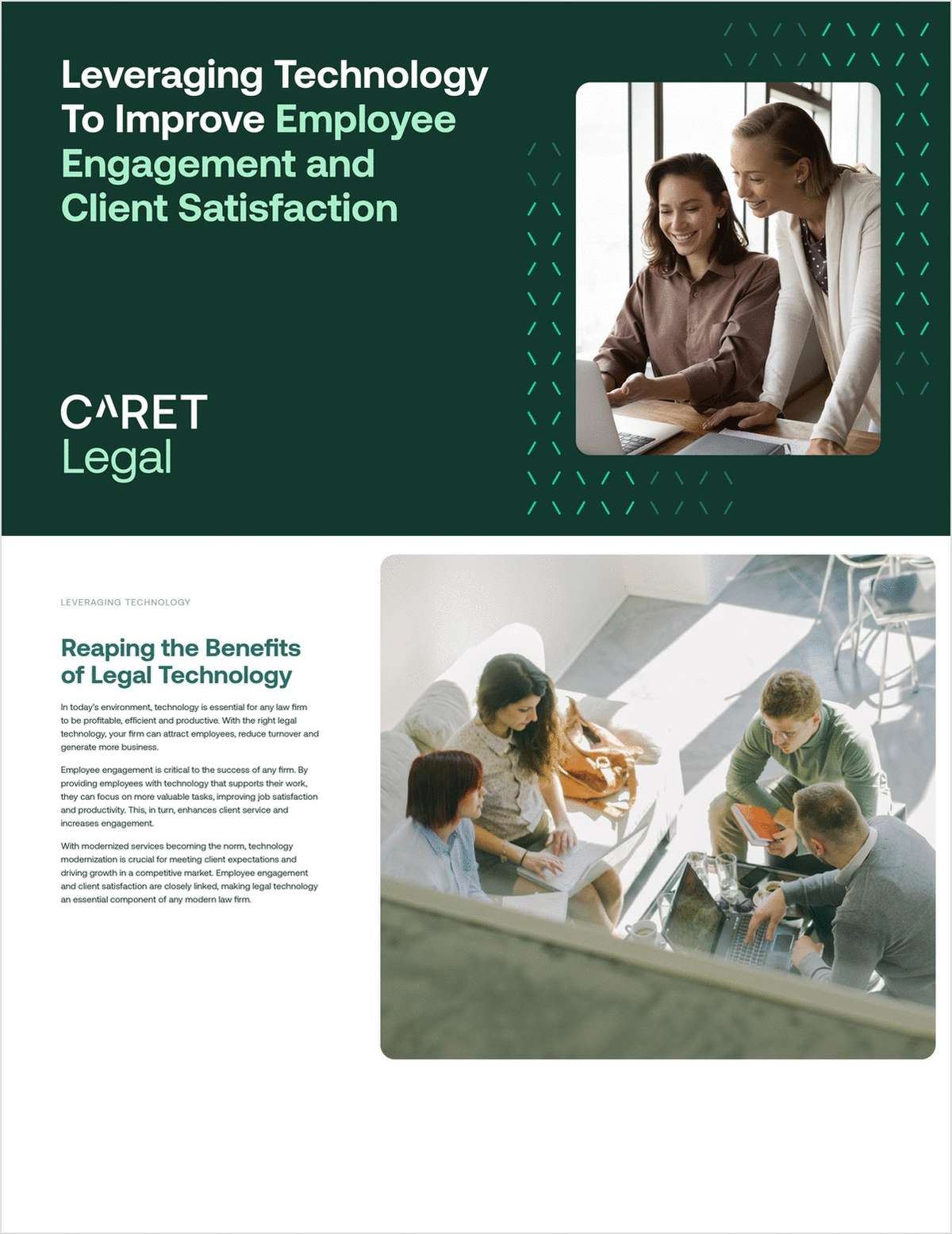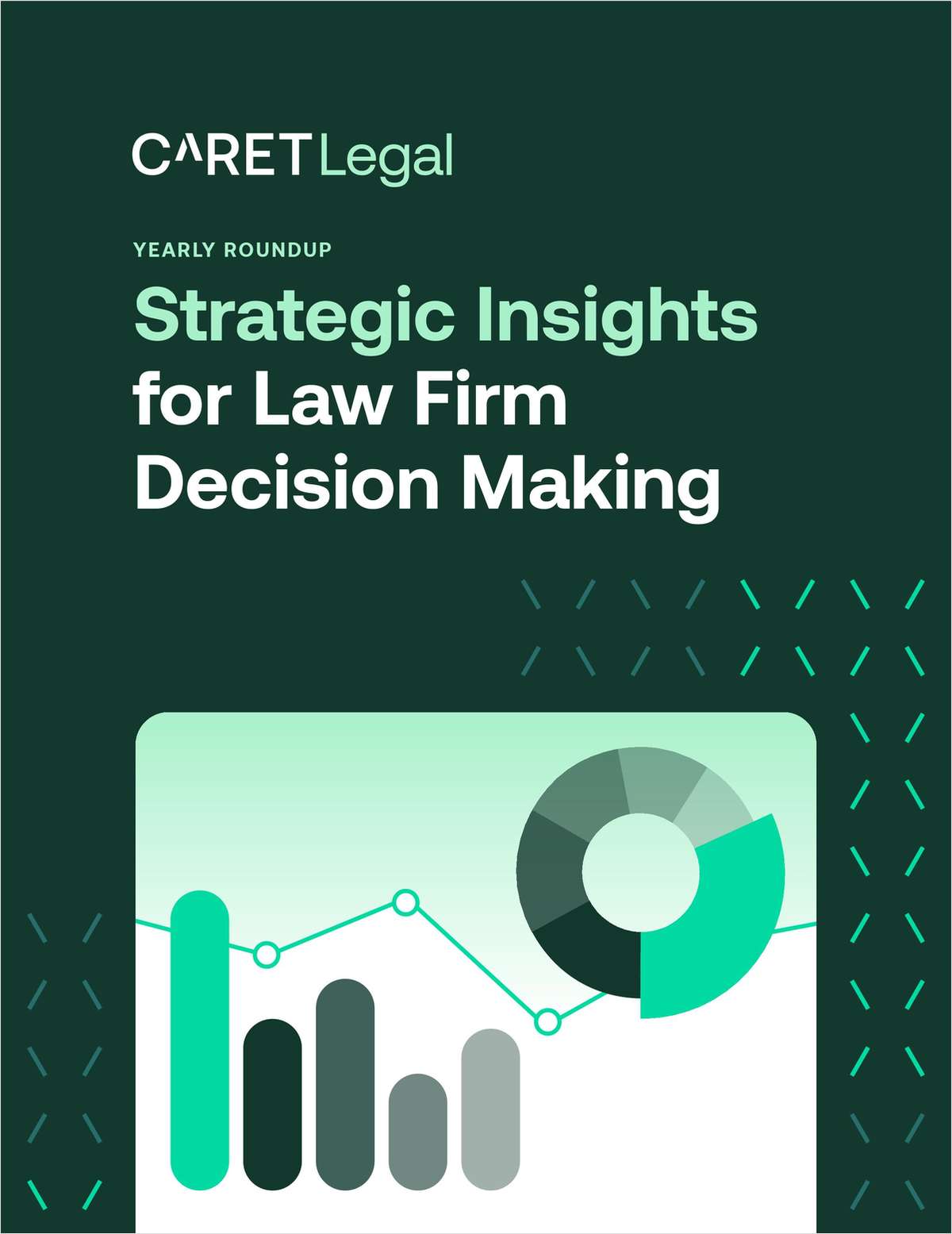 Justice Elena Kagan testifies before the House Committee on Appropriations during a Supreme Court Budget hearing, on March 7, 2019. Photo: Diego M. Radzinschi/ALM
Justice Elena Kagan testifies before the House Committee on Appropriations during a Supreme Court Budget hearing, on March 7, 2019. Photo: Diego M. Radzinschi/ALM The Marble Palace Blog: Yes, Justices Make Mistakes
A scattering of bloopers has been made public on the court's website after it announced a change in how opinions are publicly corrected.
September 29, 2021 at 04:27 PM
3 minute read
Thank you for reading The Marble Palace Blog, which I hope will inform and surprise you about the Supreme Court of the United States. My name is Tony Mauro. I've covered the Supreme Court since 1979, and for American Lawyer Media since 2000. I semi-retired in 2019, but I am still fascinated by the high court. I'll welcome any tips or suggestions for topics to write about. You can reach me at [email protected].
In 2015, the Supreme Court took a small step toward transparency. It announced that when so-called "slip opinions"—the first version of Supreme Court opinions—are released to the court's website and then subsequently found to have errors or need revisions, those changes would be made public.
The surprising move was undoubtedly the result of a Harvard Law Review article exposing the "nonfinality" of Supreme Court decisions. Harvard professor Richard Lazarus, a longtime friend of Chief Justice John Roberts Jr., authored the article. It turns out that for decades, justices have made unreported adjustments to opinions. Who knew?
Since the court's announcement, a scattering of bloopers has been made public on the court's website. (See the column titled "revised.") One change turned "offers" to "confers." Another time, a reference to a female judge was hastily changed from "him" to "her." Justice Stephen Breyer, a Francophile, must have been embarrassed to misspell "laissez faire" as "lassez faire." Justice Clarence Thomas referred to a painter's "palate," when "palette" was the correct word.
In a July 1 ruling titled Brnovich v. Democratic National Committee, a change had to be made. Justice Elena Kagan dissented from the decision in the case, which dealt with the Voting Rights Act. She asserted that the majority undermined Section 2 of the law and went on to sketch the long history of voting rights, including the 1965 protest at Selma, Alabama.
But she—or her law clerks or the reporter of decisions—wrote in the dissent that the protest march went from Selma to Birmingham, Alabama, when in fact the destination was Montgomery, Alabama. The little-noticed error was fixed and made public July 21.
Supreme Court scholar David Garrow, whose book "Protest at Selma" was cited by Kagan in the dissent, said the error was surprising because judging from the rest of the dissent, it seemed that "whichever clerk wrote this must have read the entire shelf of books on the Voting Rights Act."
NOT FOR REPRINT
© 2025 ALM Global, LLC, All Rights Reserved. Request academic re-use from www.copyright.com. All other uses, submit a request to [email protected]. For more information visit Asset & Logo Licensing.
You Might Like
View All
Trump's DOJ Withdraws Opposition to Law Banning Trans Care for Minors

Supreme Court Denies Trump's Request to Pause Pending Environmental Cases

January Petitions Press High Court on Guns, Birth Certificate Sex Classifications

‘Diminishing Returns’: Is the Superstar Supreme Court Lawyer Overvalued?
Trending Stories
- 1Big Law's Middle East Bet: Will It Pay Off?
- 2'Translate Across Disciplines': Paul Hastings’ New Tech Transactions Leader
- 3Milbank’s Revenue and Profits Surge Following Demand Increases Across the Board
- 4Fourth Quarter Growth in Demand and Worked Rates Coincided with Countercyclical Dip, New Report Indicates
- 5Public Notices/Calendars
Who Got The Work
J. Brugh Lower of Gibbons has entered an appearance for industrial equipment supplier Devco Corporation in a pending trademark infringement lawsuit. The suit, accusing the defendant of selling knock-off Graco products, was filed Dec. 18 in New Jersey District Court by Rivkin Radler on behalf of Graco Inc. and Graco Minnesota. The case, assigned to U.S. District Judge Zahid N. Quraishi, is 3:24-cv-11294, Graco Inc. et al v. Devco Corporation.
Who Got The Work
Rebecca Maller-Stein and Kent A. Yalowitz of Arnold & Porter Kaye Scholer have entered their appearances for Hanaco Venture Capital and its executives, Lior Prosor and David Frankel, in a pending securities lawsuit. The action, filed on Dec. 24 in New York Southern District Court by Zell, Aron & Co. on behalf of Goldeneye Advisors, accuses the defendants of negligently and fraudulently managing the plaintiff's $1 million investment. The case, assigned to U.S. District Judge Vernon S. Broderick, is 1:24-cv-09918, Goldeneye Advisors, LLC v. Hanaco Venture Capital, Ltd. et al.
Who Got The Work
Attorneys from A&O Shearman has stepped in as defense counsel for Toronto-Dominion Bank and other defendants in a pending securities class action. The suit, filed Dec. 11 in New York Southern District Court by Bleichmar Fonti & Auld, accuses the defendants of concealing the bank's 'pervasive' deficiencies in regards to its compliance with the Bank Secrecy Act and the quality of its anti-money laundering controls. The case, assigned to U.S. District Judge Arun Subramanian, is 1:24-cv-09445, Gonzalez v. The Toronto-Dominion Bank et al.
Who Got The Work
Crown Castle International, a Pennsylvania company providing shared communications infrastructure, has turned to Luke D. Wolf of Gordon Rees Scully Mansukhani to fend off a pending breach-of-contract lawsuit. The court action, filed Nov. 25 in Michigan Eastern District Court by Hooper Hathaway PC on behalf of The Town Residences LLC, accuses Crown Castle of failing to transfer approximately $30,000 in utility payments from T-Mobile in breach of a roof-top lease and assignment agreement. The case, assigned to U.S. District Judge Susan K. Declercq, is 2:24-cv-13131, The Town Residences LLC v. T-Mobile US, Inc. et al.
Who Got The Work
Wilfred P. Coronato and Daniel M. Schwartz of McCarter & English have stepped in as defense counsel to Electrolux Home Products Inc. in a pending product liability lawsuit. The court action, filed Nov. 26 in New York Eastern District Court by Poulos Lopiccolo PC and Nagel Rice LLP on behalf of David Stern, alleges that the defendant's refrigerators’ drawers and shelving repeatedly break and fall apart within months after purchase. The case, assigned to U.S. District Judge Joan M. Azrack, is 2:24-cv-08204, Stern v. Electrolux Home Products, Inc.
Featured Firms
Law Offices of Gary Martin Hays & Associates, P.C.
(470) 294-1674
Law Offices of Mark E. Salomone
(857) 444-6468
Smith & Hassler
(713) 739-1250








